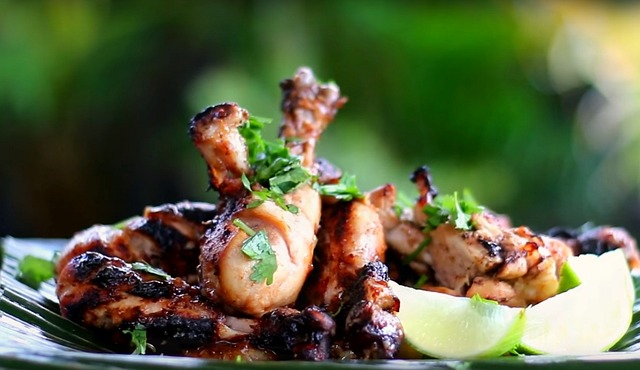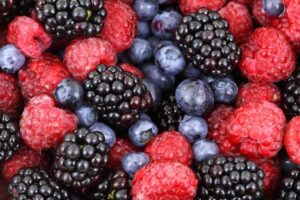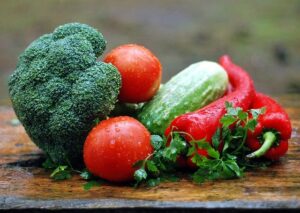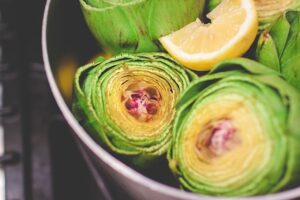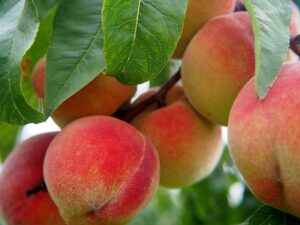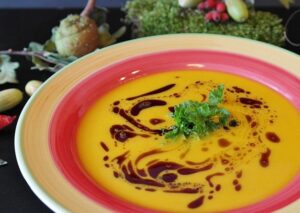Introduction
Cooking vegetarian meals can be a delightful and healthy way to explore a plant-based diet. Whether you are a seasoned vegetarian or simply looking to incorporate more meatless meals into your routine, this article will guide you on how to cook everything vegetarian. From essential ingredients to cooking techniques, we will cover the basics and provide you with the knowledge to create delicious vegetarian dishes.
Essential Ingredients for Vegetarian Cooking
Proteins: Replace meat with plant-based proteins such as legumes (beans, lentils, chickpeas), tofu, tempeh, seitan, and edamame. These ingredients provide essential nutrients and can be used in various recipes.
Grains and Starches: Incorporate whole grains like quinoa, brown rice, and bulgur into your meals. Starches like potatoes, sweet potatoes, and corn can also be used as a base for many vegetarian dishes.
Fruits and Vegetables: Load up on a variety of fruits and vegetables to ensure a well-balanced diet. Include leafy greens, cruciferous vegetables, colorful bell peppers, tomatoes, berries, and citrus fruits to provide essential vitamins and minerals.
Dairy and Dairy Alternatives: If you consume dairy, incorporate milk, yogurt, cheese, and butter into your vegetarian recipes. For those following a vegan diet, there are numerous dairy alternatives available, such as almond milk, soy yogurt, and vegan cheese.
Herbs, Spices, and Condiments: Enhance the flavors of your vegetarian dishes with an array of herbs and spices. Common choices include basil, oregano, cumin, turmeric, paprika, and garlic. Additionally, condiments like soy sauce, tahini, nutritional yeast, and hot sauces can add depth to your meals.
Vegetarian Cooking Techniques
Sautéing and Stir-Frying: Sautéing and stir-frying are quick and versatile cooking techniques that work well with vegetables and proteins. Heat a small amount of oil in a pan, add your ingredients, and cook them over medium-high heat, stirring frequently.
Roasting and Baking: Roasting vegetables and baking dishes like casseroles and lasagnas are excellent ways to bring out the natural flavors. Toss vegetables in oil, season with herbs and spices, and roast them in the oven until they are tender and slightly caramelized.
Grilling and Barbecuing: Grilling vegetables and plant-based proteins can add a smoky flavor to your dishes. Use a grill or barbecue to cook vegetables, tofu, or tempeh, and brush them with marinades or sauces for added taste.
Boiling and Steaming: Boiling and steaming are simple techniques for cooking grains, legumes, and vegetables. Boiling is ideal for pasta, rice, and lentils, while steaming works well for preserving the nutrients in vegetables.
Conclusion
Incorporating vegetarian meals into your cooking repertoire can be a rewarding and healthy experience. By understanding the essential ingredients and cooking techniques, you can create a wide range of delicious and nutritious vegetarian dishes. Experiment with different flavors, textures, and cuisines to keep your meals exciting and enjoyable.
References
– Vegetarian Times: vegetarian-times.com
– The Spruce Eats: thespruceeats.com
– BBC Good Food: bbcgoodfood.com
– Cookie and Kate: cookieandkate.com

